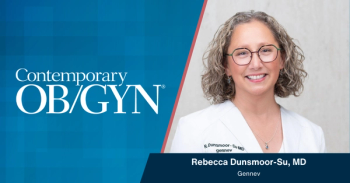
News: Getting a 'handle' on multiple pregnancies
High-order multiple pregnancies due to ovulation induction associated with intrauterine insemination can be kept at 2% or less without affecting chances for pregnancy.
The incidence of high-order multiple pregnancies (HOMPs) due to ovulation induction (OI) associated with intrauterine insemination can be kept at 2% or less without affecting the overall chances for pregnancy, according to a recent retrospective analysis of published studies.
The analysis indicates that risk factors for HOMPs include seven or more preovulatory follicles ≥10 –12 mm, estradiol (E2) concentration ≥1,000 pg/mL, early cycles of treatment, age <32 years, low body mass index (BMI), and use of donor sperm.
Thus, to keep the rate of HOMPs low, fertility experts should use clomiphene before gonadotrophins, use the lowest effective doses of gonadotrophins (37.5–75 IU) for 4 to 6 cycles or pulsatile GnRH in the initial 3 to 4 cycles, cancel cycles for more than three follicles >10–15 mm, and aspirate excess follicles. Other factors that keep the risk for HOMPs low include patient age ≥38 years, BMI ≥24 kg/m2 , when stimulation is started after cycle day 7 or after selection of a dominant (≥10 mm) follicle, and after the second cycle of OI.
Dickey RP. Strategies to reduce multiple pregnancies due to ovulation stimulation. Fertil Steril. 2009;91:1-17.
Newsletter
Get the latest clinical updates, case studies, and expert commentary in obstetric and gynecologic care. Sign up now to stay informed.











